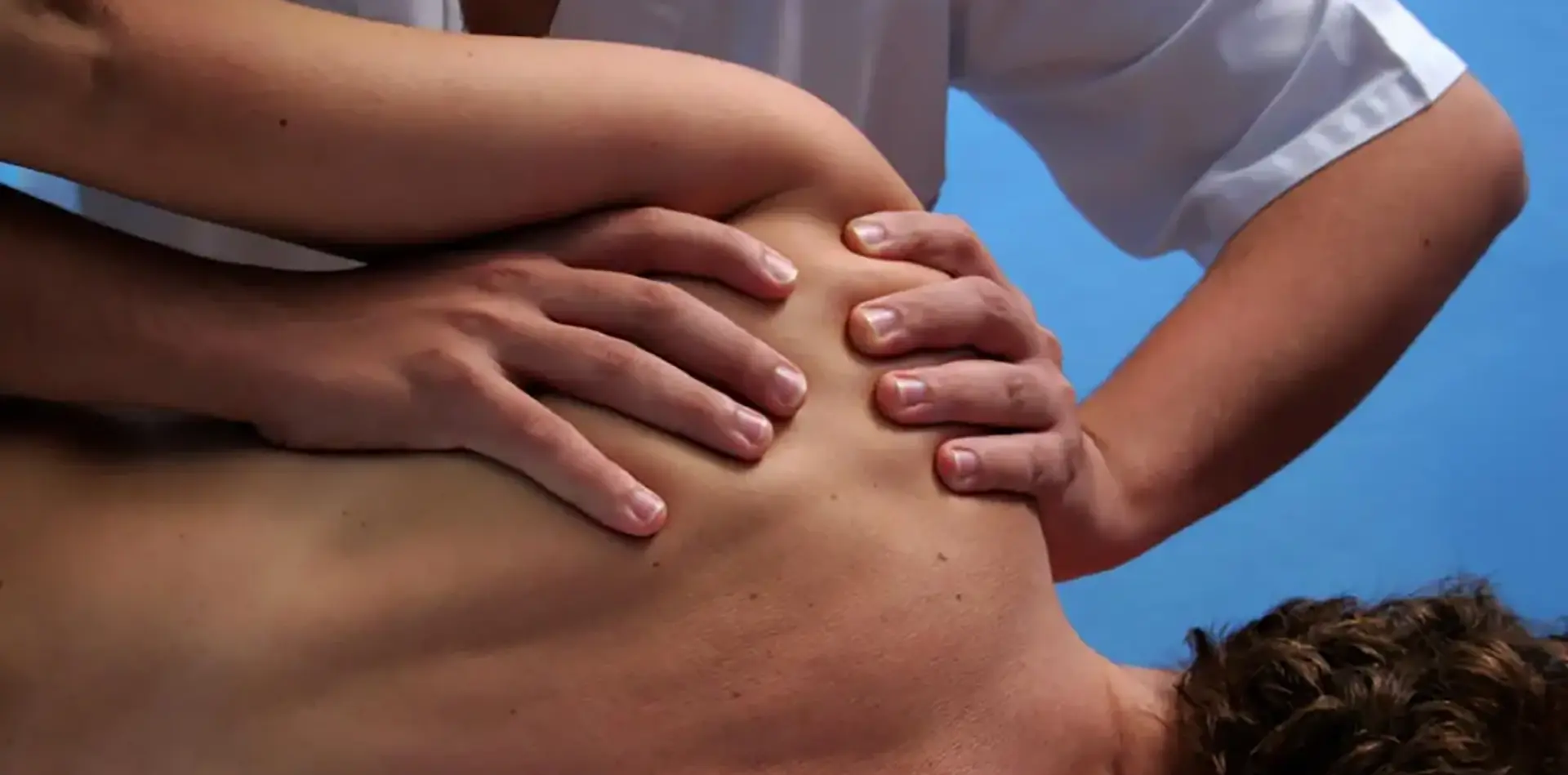A Frozen Shoulder is a stiff shoulder with less than 50% of the normal range of motion in any direction. It can be triggered by surgery, an injury or trauma, but also by bad posture or something as minor as stretching in an awkward direction.
Other triggers can be:
- Diabetes
- Genetics – it can run in the family
- Shoulder – intensive sports
- Manual occupations
- Dupytren’s contracture of the hand
- Age – in Japan it’s called ‘Fifties Shoulder’.
A Frozen Shoulder is a common and debilitating condition. It can affect 2-5% of the population. The onset can be triggered by an injury, or something as minor as reaching over to turn off an alarm clock or to retrieve something from the backseat of the car.
If it affects the biceps tendon (in the front of the upper arm), the pain can initially be felt as a ‘catch’ or ‘pinch’ in this area.
Frozen Shoulder is defined as “a stiff shoulder with less than 50% of normal range of active and passive motion in any direction”. This means that you are unable to raise your hand in the air, even if someone assists you. Hence the term ‘Frozen’.
In a Frozen Shoulder the capsule of the shoulder can sometimes form adhesions due to inflammation, this often begins in the region of the tendon of the biceps, but can spread to the rest of the shoulder through the interconnected capsular out-pouchings called ‘bursae’.
Inflammation often starts in the bicep area and spreads to the rest of the shoulder. If untreated, it can also spread through the soft tissue to the ligaments and muscles, particularly the rotator cuff which is the muscle responsible for stabilising and rotating the shoulder. A frozen shoulder can be completely debilitating and could last for up to 30 months.
How can it be treated?
It responds well to a combination of manual therapy and exercises which can help to reduce pain and speed recovery. We also use Low-Level Laser Therapy and the Niel-Asher Technique, which involves manipulating a series of specific trigger points in a sequence to ‘defrost’ the frozen shoulder.
Risk Factors for Frozen Shoulder:
- Male: Female – Male 40% Female 60%
- Ageing – In Japan frozen shoulder syndrome is called “Fifties Shoulder”.
- Posture – Especially round-shouldered or slumping postures
- Diabetes – Types I and II
- Trauma – Fractures of the collar bone or arm, but sometimes the trauma can be quite mild.
- Surgery – Especially after shoulder surgery, or mastectomy with breast reconstruction
- Familial – Can run in the family
- Dupytren’s – More common in those who have Dupytren’s contracture of the hand
- Shoulder-intensive sports or manual occupations
Jane O’Connor is registered as a Niel-Asher Technique practitioner.
For details about the clinical trial results for the Niel-Asher Technique:-
Clinical & Diagnostic Research



